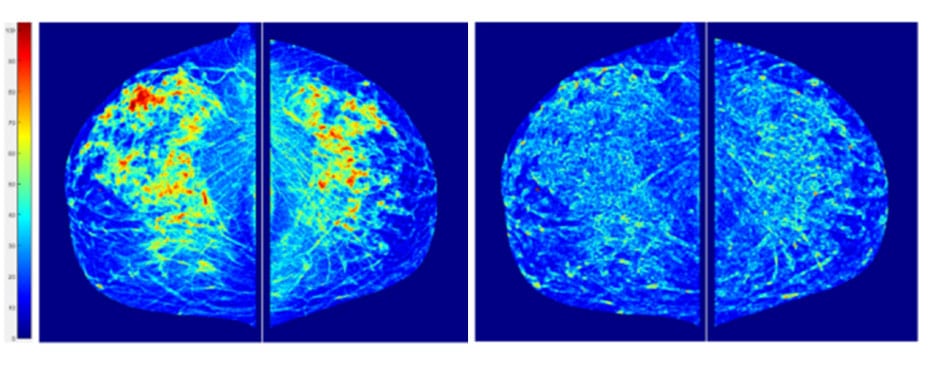Tag: University of Oklahoma
The heart of the matter: Clinical electrophysiology and beyond

Arrythmia – abnormal heart rhythm – can be life-limiting and even life-threatening. In this interview, Research Outreach talks to Professor Benjamin J Scherlag of the University of Oklahoma, USA, about his pioneering research into what was the entirely new field of cardiac electrophysiology. We learn about the ‘His bundle’, ganglionated plexi, and how it is possible to treat the heart […]
Read More… from The heart of the matter: Clinical electrophysiology and beyond
Targeting cancer stemness: A new approach to target tumour metastasis in colorectal cancer

At COARE Holdings in the US, Dr Courtney W Houchen and Edwin Bannerman-Menson examine innovative ways to target and treat metastatic colorectal cancer (mCRC). Their research focuses on the ‘stemness’ of cancer cells – a property by which the cells within a tumour are able to divide and give rise to every cancerous cell within the tumour. When these cancerous […]
Drug-adapted RET mutations

RET is a protein tyrosine kinase that is upregulated and activated in many diverse forms of cancer. Treatments using RET-specific inhibitors have been highly effective, but the threat of resistance to these drugs looms. For this reason, Dr Jie Wu and Dr Blaine Mooers from the University of Oklahoma, together with Dr Vivek Subbiah from the University of Texas, decided […]
Stentor coeruleus: Do these tiny cells have out-of-body experiences?

Occasionally, a person who recovers from a medical crisis reports an “out-of-body experience”. In unique research, Dr Benjamin Scherlag of the University of Oklahoma, Oklahoma City, USA, is using a single-celled organism called Stentor coeruleus to re-create the events that occur during an out-of-body experience. Dr Scherlag has shown that these cells can be revived from an apparently dead state […]
Read More… from Stentor coeruleus: Do these tiny cells have out-of-body experiences?
Assessing performances of Computer-Aided Diagnosis of breast cancer

In under two decades, the techniques used to image, classify and diagnose breast cancer have significantly improved with the help of rapidly advancing computer-based digital image processing and machine learning technologies. Since the early days of developing Computer-Aided Diagnosis technology in the 1990s, Professor Bin Zheng at the University of Pittsburgh and then the University of Oklahoma has dedicated his […]
Read More… from Assessing performances of Computer-Aided Diagnosis of breast cancer